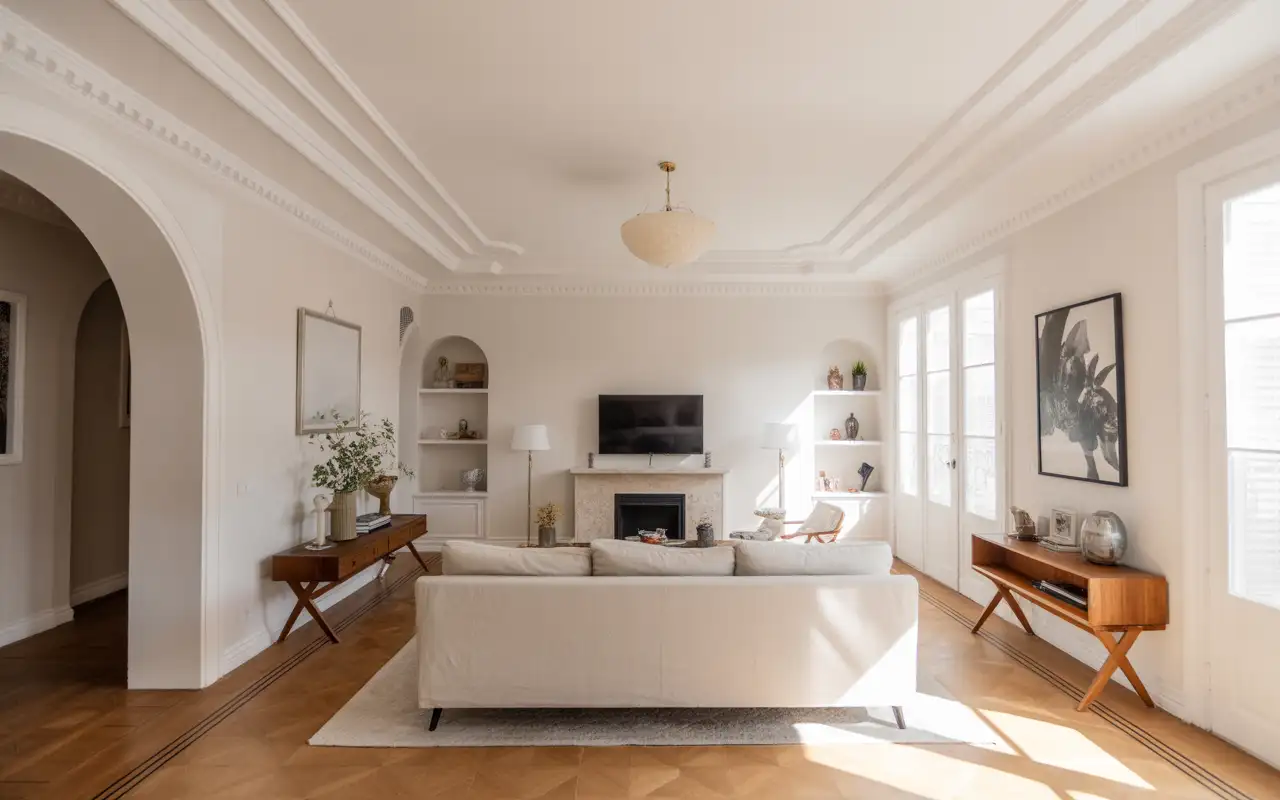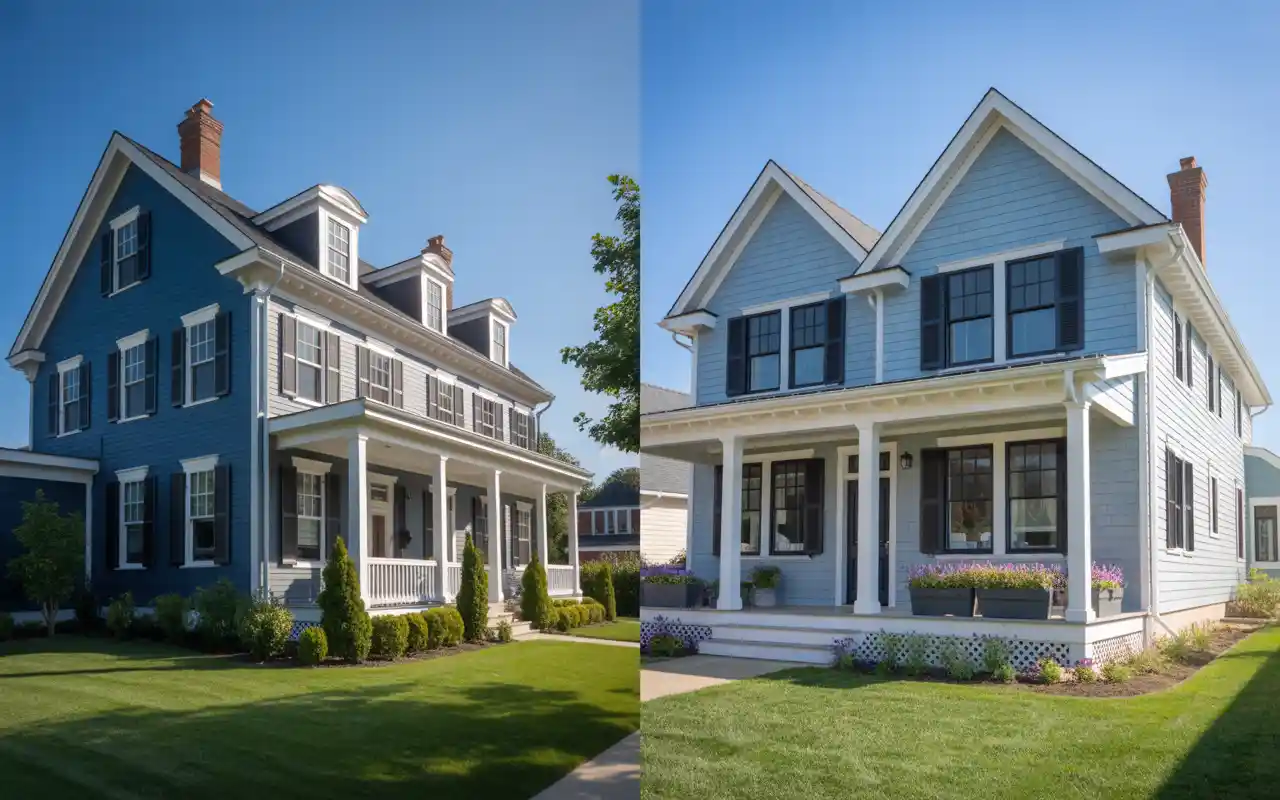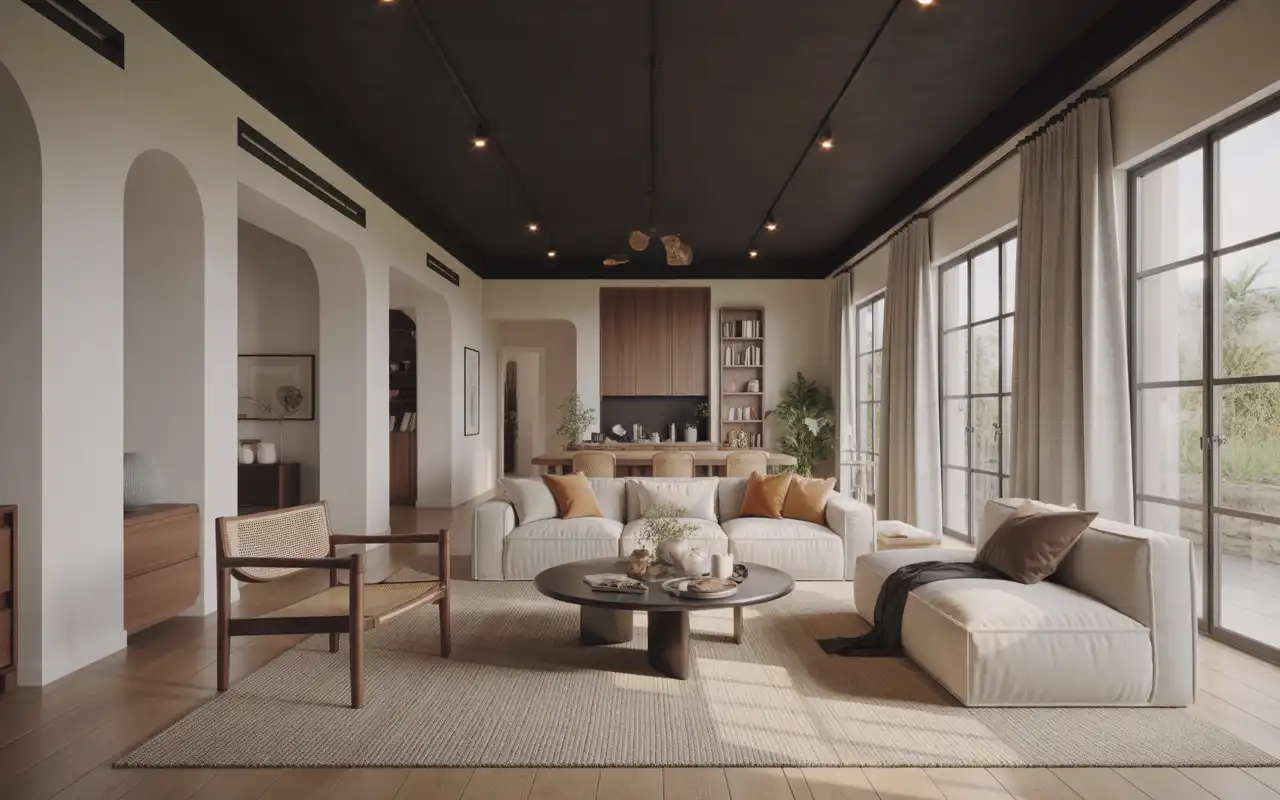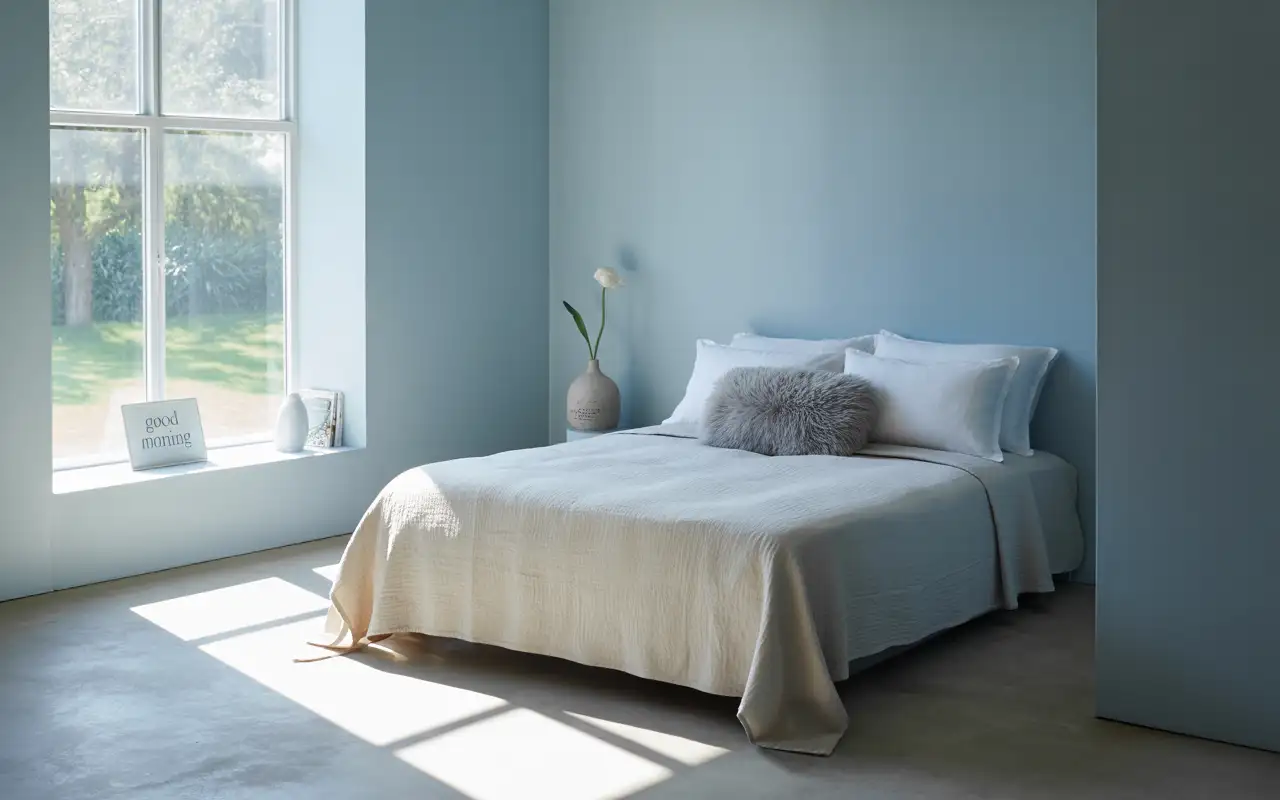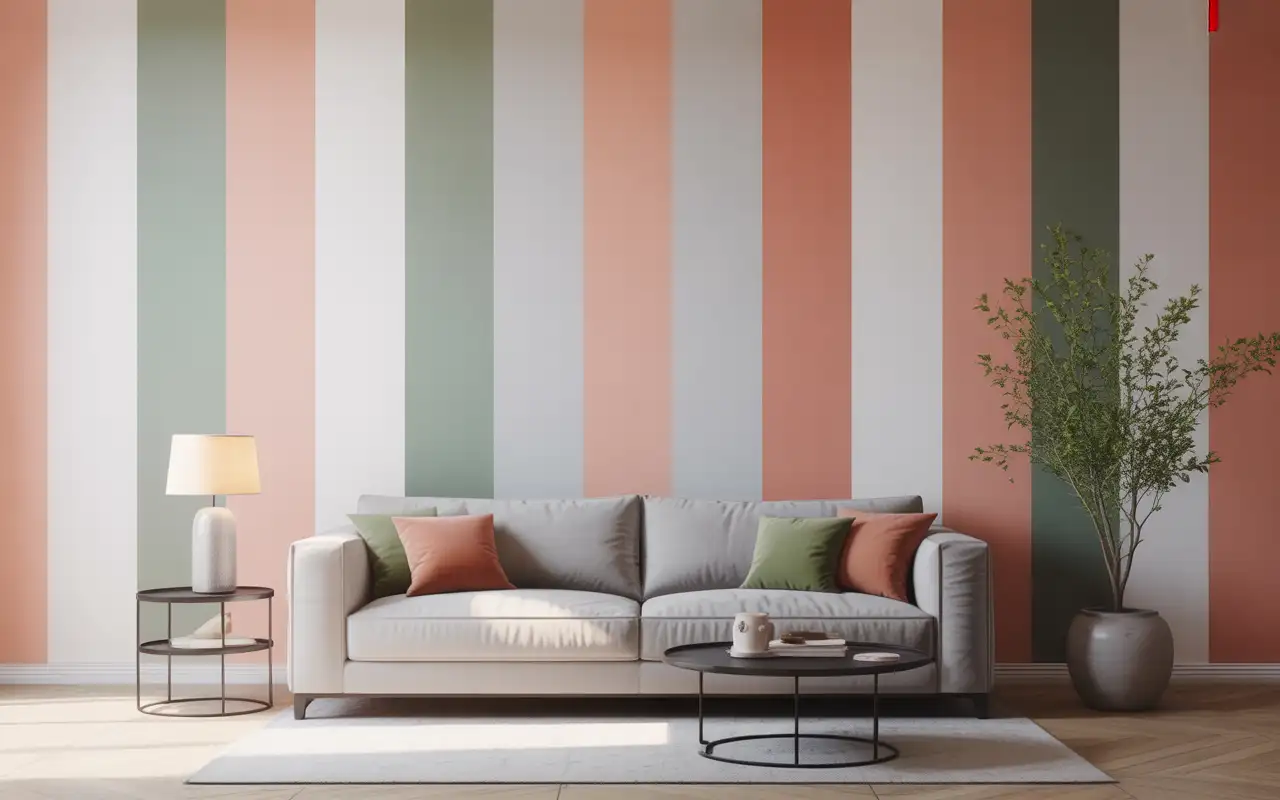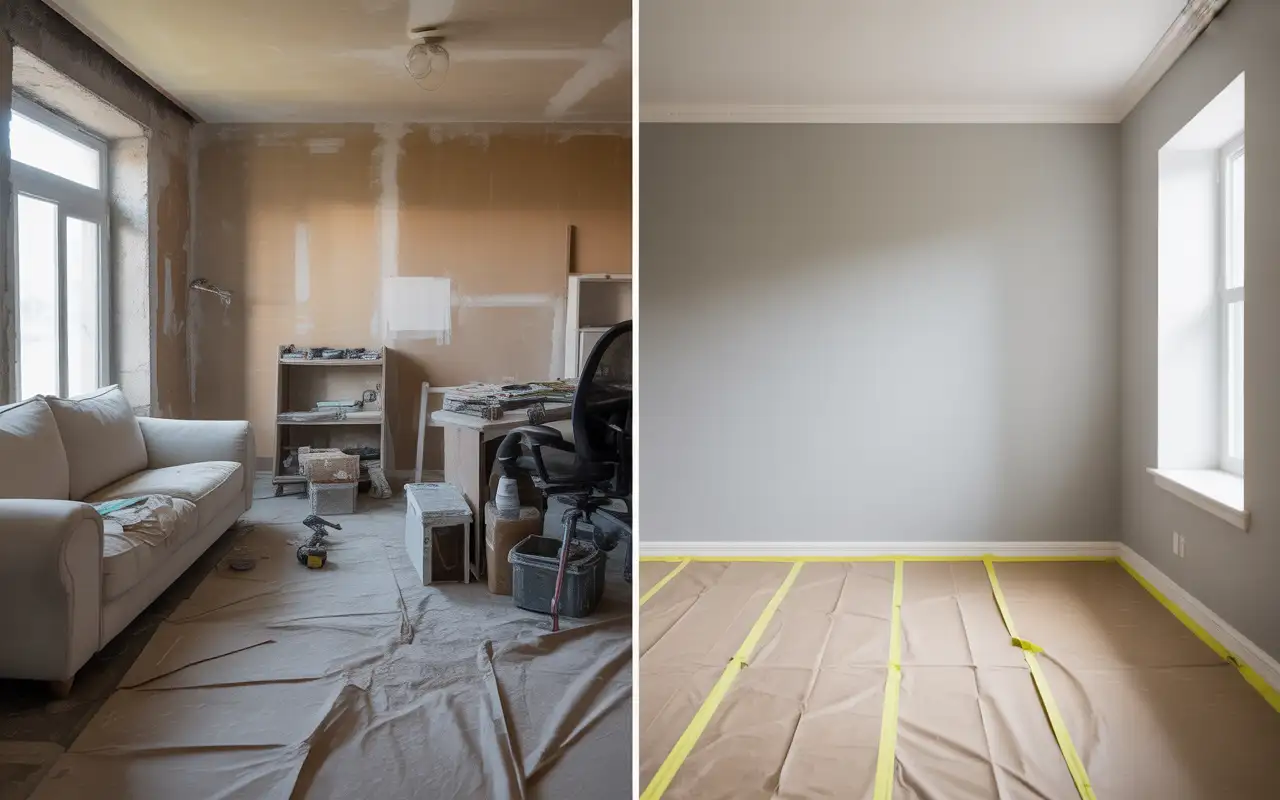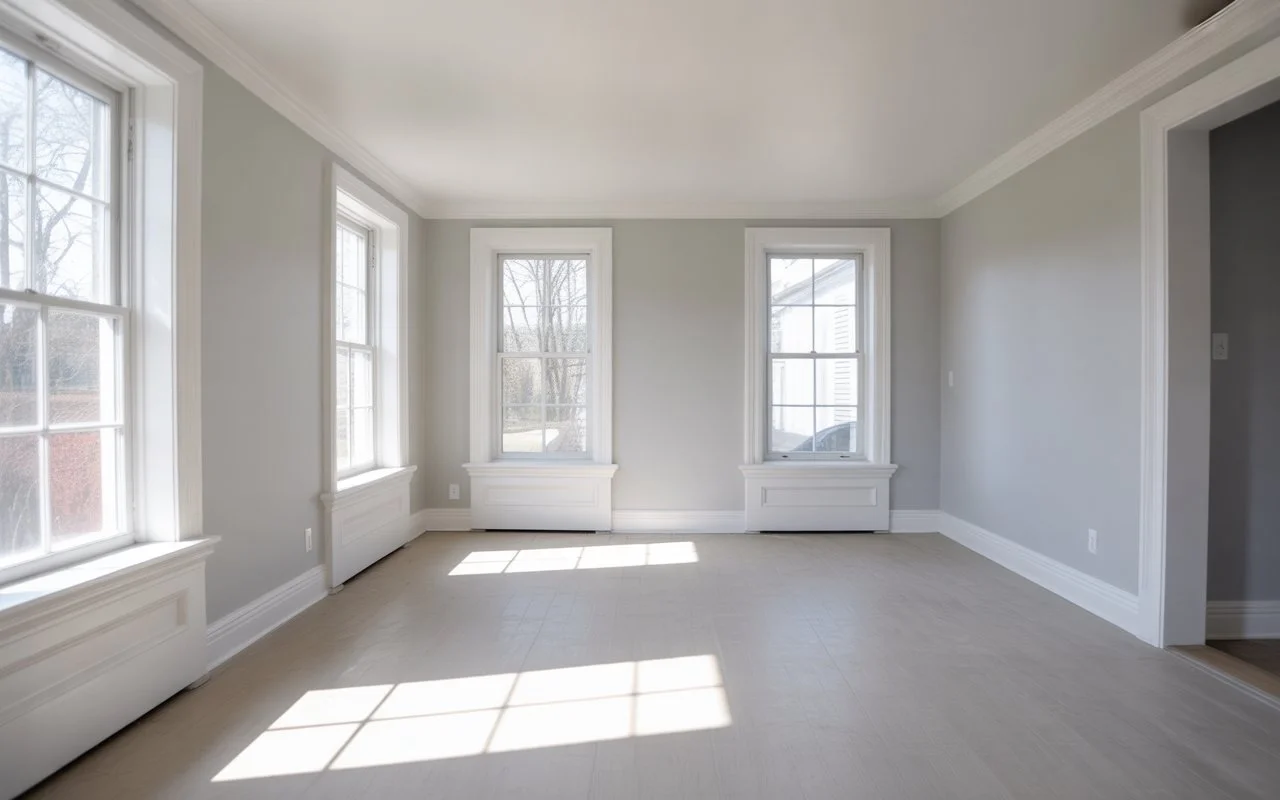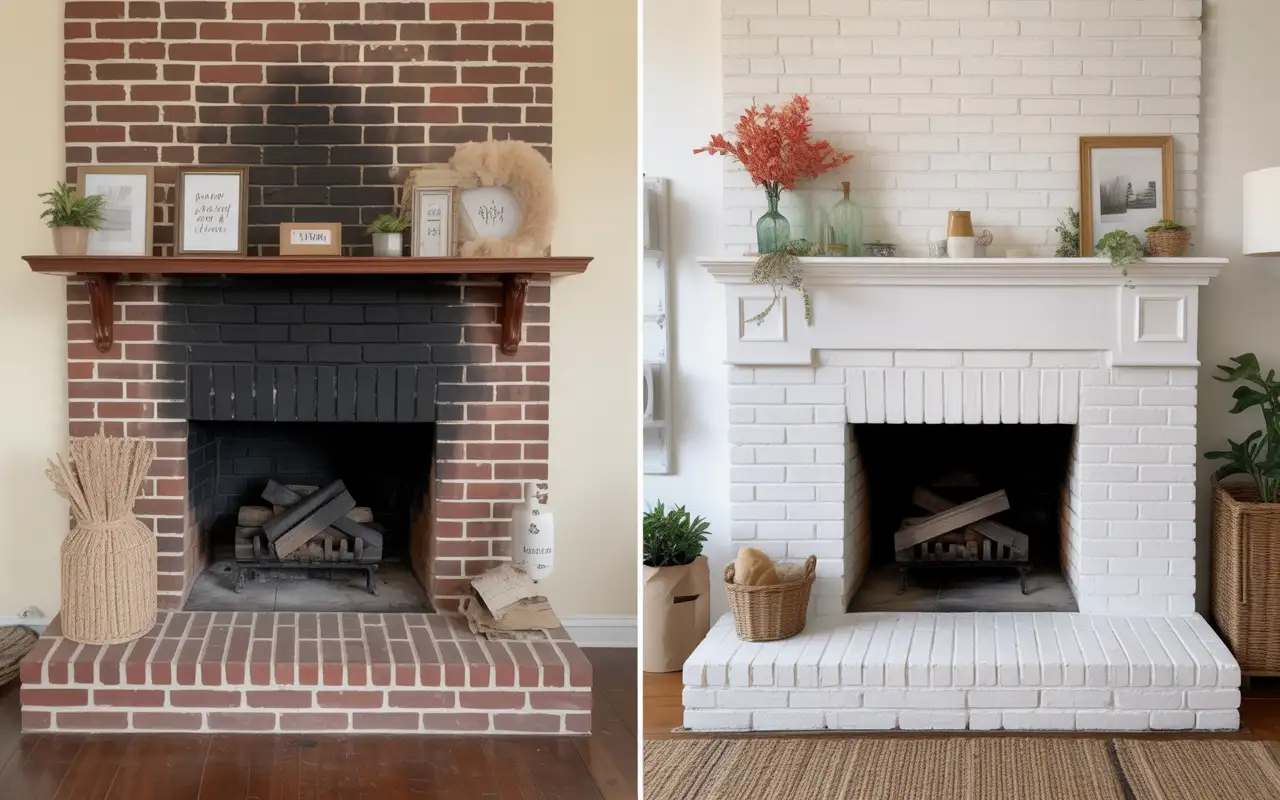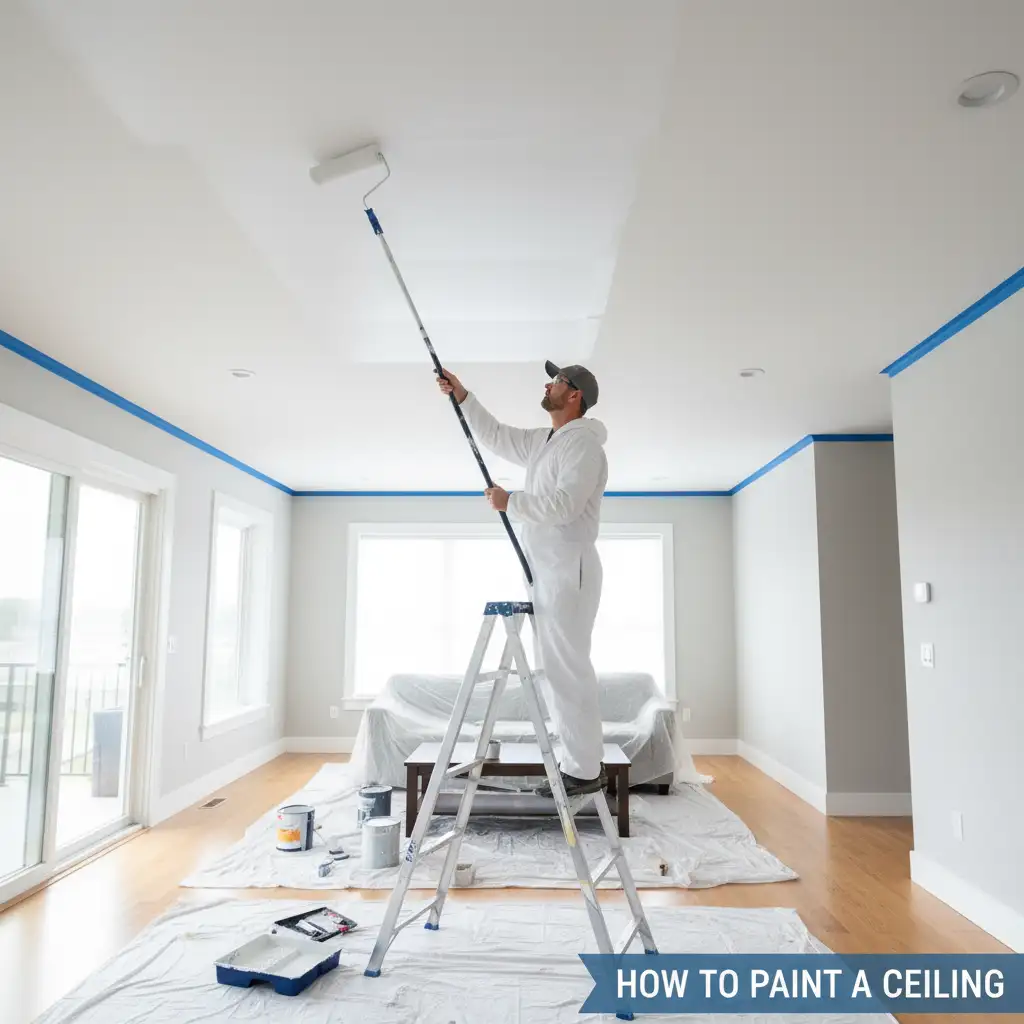5 Types of Crown Molding and How to Use Them in Your Home
Home / Crown molding transforms ordinary rooms into spaces with visual appeal and character. This decorative trim creates a smooth transition between walls and ceilings while adding architectural interest. Many homeowners wonder about different styles and how to pick the right one for their space. Understanding the types of crown molding helps you make smart design choices. Each style offers unique benefits and works better in certain rooms. This guide covers five popular crown molding options and shows you exactly how to use them. What is Crown Molding? Crown molding is decorative trim installed where walls meet ceilings. Originally designed to hide gaps between building materials, it now serves as a key design element. This architectural detail draws the eye upward and makes rooms feel taller and more finished. Modern crown molding comes in various materials including wood, MDF, plaster, and polyurethane. The trim can be painted or stained to match your decor. Quality crown molding installation creates clean lines and adds value to your home. Is Crown Molding Out of Style? Crown molding remains a timeless design choice when selected properly. The key is choosing crown molding styles that match your home’s architecture. Traditional homes benefit from classic profiles while modern spaces look better with simpler designs. Current design trends favor crown molding in main living areas. Many new construction homes include this feature in kitchens, dining rooms, and living spaces. The trick is picking the right size and style for your specific room and ceiling height. Where Should You Install Crown Molding? Not every room needs crown molding, but certain spaces benefit greatly from this upgrade. Focus on areas where you entertain guests and spend the most time. These rooms create the biggest impact and return on investment. Best Rooms for Crown Molding Living Rooms: Crown molding adds elegance and draws attention to architectural features. Large living spaces can handle wider profiles while smaller rooms need simpler styles. Dining Rooms: Formal dining areas benefit from ornate crown molding designs. This space traditionally features more decorative elements and crown trim enhances the formal atmosphere. Kitchens: Kitchen cabinet crown molding creates a finished, custom look. Crown molding for kitchen cabinets bridges the gap between upper cabinets and ceilings for a built-in appearance. Master Bedrooms: Bedrooms can use crown molding to create a cozy, upscale feel. Choose simpler profiles that won’t overwhelm the relaxing atmosphere. Different Types of Crown Molding and Their Best Uses 1. Traditional Crown Molding Traditional crown molding features the classic S-curve profile that works in most homes. This versatile style includes gentle curves and sometimes a small bead detail at the base. The design complements both formal and casual decorating styles. Best Applications: Living rooms with standard 8-9 foot ceilings Dining rooms in traditional or transitional homes Bedrooms where you want subtle elegance Hallways to create visual continuity Traditional profiles come in various sizes from 3 inches to 8 inches tall. Smaller profiles work in compact rooms while larger ones suit spacious areas with higher ceilings. This style is easy to install and widely available at most home improvement stores. 2. Egg and Dart Crown Molding Egg and dart molding features repeating oval and arrow-shaped patterns inspired by ancient Greek architecture. This ornate style adds sophistication and works best in formal settings. The detailed pattern creates visual interest and historical charm. Best Applications: Formal dining rooms Home libraries or studies Victorian or Colonial-style homes Spaces with high ceilings over 10 feet Egg and dart patterns can be carved from wood, cast in plaster, or molded in polyurethane. Wood versions cost more but offer the most authentic look. This style requires careful installation to align the patterns at corners properly. 3. Dentil Crown Molding Dentil molding includes evenly spaced rectangular blocks along the bottom edge. This design element comes from Classical architecture and adds structured detail. The repeating block pattern creates rhythm and visual interest without being overly ornate. Best Applications: Colonial or Neoclassical homes Formal living rooms Kitchen cabinet crown molding applications Exterior trim on porches or dormers Dentil spacing varies from tight patterns with small blocks to wider spacing with larger elements. Consider your room size when choosing dentil proportions. Smaller dentils work in compact spaces while larger patterns suit bigger rooms. 4. Cove Crown Molding Cove molding features a simple curved profile that creates a gentle arc between walls and ceilings. This understated style works well in both traditional and contemporary spaces. The smooth curve adds softness without competing with other room elements. Best Applications: Modern or minimalist interiors Bedrooms and bathrooms Smaller rooms with lower ceilings Spaces where you want subtle definition Cove molding installation is straightforward since the simple profile hides minor imperfections. This style comes in various sizes and can be painted to match walls or ceilings. It’s an excellent choice for first-time crown molding installations. 5. Step Crown Molding Step molding features angular, geometric profiles instead of curves. This contemporary style includes distinct horizontal and vertical lines that create a modern appearance. Step profiles work well in houses with clean, linear design elements. Best Applications: Contemporary and modern homes Art Deco or mid-century modern spaces Rooms with geometric tile or architectural features Spaces with clean, minimal decoration Step molding comes in various configurations from simple two-step designs to complex multi-level profiles. The angular lines complement modern furniture and fixtures. This style requires precise installation since imperfections show more clearly than curved profiles. Crown Molding Materials and Finishes Wood Crown Molding Solid wood offers the most premium option with natural grain patterns and staining possibilities. Popular wood choices include pine, oak, maple, and cherry. Wood crown molding can be painted or stained to match other trim elements. MDF and Composite Materials Medium-density fiberboard (MDF) provides a cost-effective alternative to solid wood. This material takes paint well and won’t crack or split like wood. MDF works best in interior applications and must be painted since it cannot be stained. Polyurethane and Flex Molding Polyurethane molding offers durability and moisture resistance. Flex varieties

